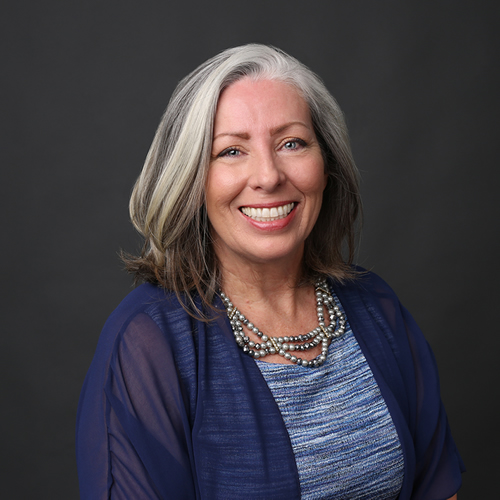Accessory dwelling units (ADUs) are growing in popularity as potential options for senior housing in their later years. Many seniors want to live independently but be near to family members, and ADUs can allow seniors to live their lives autonomously while staying close to their loved ones.
While a reverse mortgage loan may not be the first choice for funding the construction of an ADU, it is a viable option in the right situation — as long as specific requirements are observed, according to Renee Konstantine, reverse mortgage division director at EstaR Mortgage. RMD spoke with Konstantine to learn more about how ADUs and reverse mortgages can work together.
Reaching out to reverse mortgages
Konstantine began looking at how reverse mortgages might impact the construction of ADUs after an inbound call.
“I was actually approached by an ADU builder about five years ago,” Konstantine said. “They were putting together a workshop in San Diego and they were looking for financing alternatives. They had approached me to see if a reverse would work for ADUs, and it does.”

Konstantine then researched and presented on how an ADU could work in a reverse mortgage transaction at an event at the University of San Diego.
“It was fantastic, and this was before ADUs became cool, I guess,” she said. “Nobody really knew what they were, and the city of San Diego city didn’t have their guidelines set yet. But they’ve come a long way in the past five years.”
However, a client cannot use their reverse mortgage funds to pay for an ADU that they will be living in. The reverse mortgage client has to be the person who owns the primary property on which the ADU will be built, as Konstantine previously noted.
One factor that has made it easier to use a reverse mortgage to finance an ADU was the passage of California Senate Bill 9, the Housing Opportunity and More Efficiency (HOME) Act passed in 2021. That law created a legal process for homeowners to more easily make additions to their properties by increasing the number of potential housing units on a block of land previously zoned for a single-family residence.
With SB 9, approvals have been streamlined, as it’s easier to build an ADU, Konstantine said.
A minefield remains
That said, it can still be complicated to make an ADU work, as there are several factors that must align for it to be a viable option, Konstantine said.
“You have to work with [ADU-specialist] contractors, primarily,” she said. “That’s what they do, just like reverse mortgage professionals that primarily do reverse mortgages. That’s their specialty. They told me they know the people down there in their local city, they know who they’re talking to and are familiar with what is required. And you definitely have to let the contractor do that heavy leg work for the building side of it, and work together with them each step of the way.”
The contractor handles the majority of the work pertaining to rules and regulations, she said. However, it would not be uncommon for the loan originator to serve as a go-between for the client and the contractor due to the consultative processes involved with a reverse mortgage, she said.
“With reverse mortgages, you never really say goodbye to the borrower,” Konstantine said. “You’re going to be there with them the whole extent of the way working with the contractor. And even though they may have gotten their funding already, you’re still available for questions and that type of thing.”
Different loan types and utility
Konstantine said she has not done an H4P loan yet, but can see how it could have utility for those looking to construct ADUs. She also noted that the proprietary option from Finance of America Reverse (FAR), HomeSafe Second, is a potential path toward an ADU.
Still, there tends to be confusion among consumers about any mortgage product outside of traditional forward loan, according to Konstantine.
“People seem to get really confused about things for some reason if it’s not a 30-year fixed,” she said. “It just throws them for a loop. So, you have to educate [any partner] on both sides. You have to educate the borrower and the [real estate agent] or financial advisor regularly.”
However, with an ADU, it may end up being easier to understand, Konstantine said.
“With the building of an ADU, it would be like a refinance, where they would get the money and then go from there,” she said. “So, I think it’d be a little bit more streamlined, and people would understand a little easier.”
There is also an opportunity for the reverse mortgage business, since Konstantine isn’t aware of any colleagues who are originating loans to fund ADU construction.
“I don’t know any reverse mortgage professionals who even have it on their radar,” she said. “So the more we can get the word out, the more likely it becomes as a possibility. I don’t even think a lot of people know what the term ‘ADU’ is. A lot of this depends on the locality too, and now that California has SB 9 in place, it’s becoming more common and more popular. But I don’t think a lot of reverse people even know about it, or how it could even work for that.”



